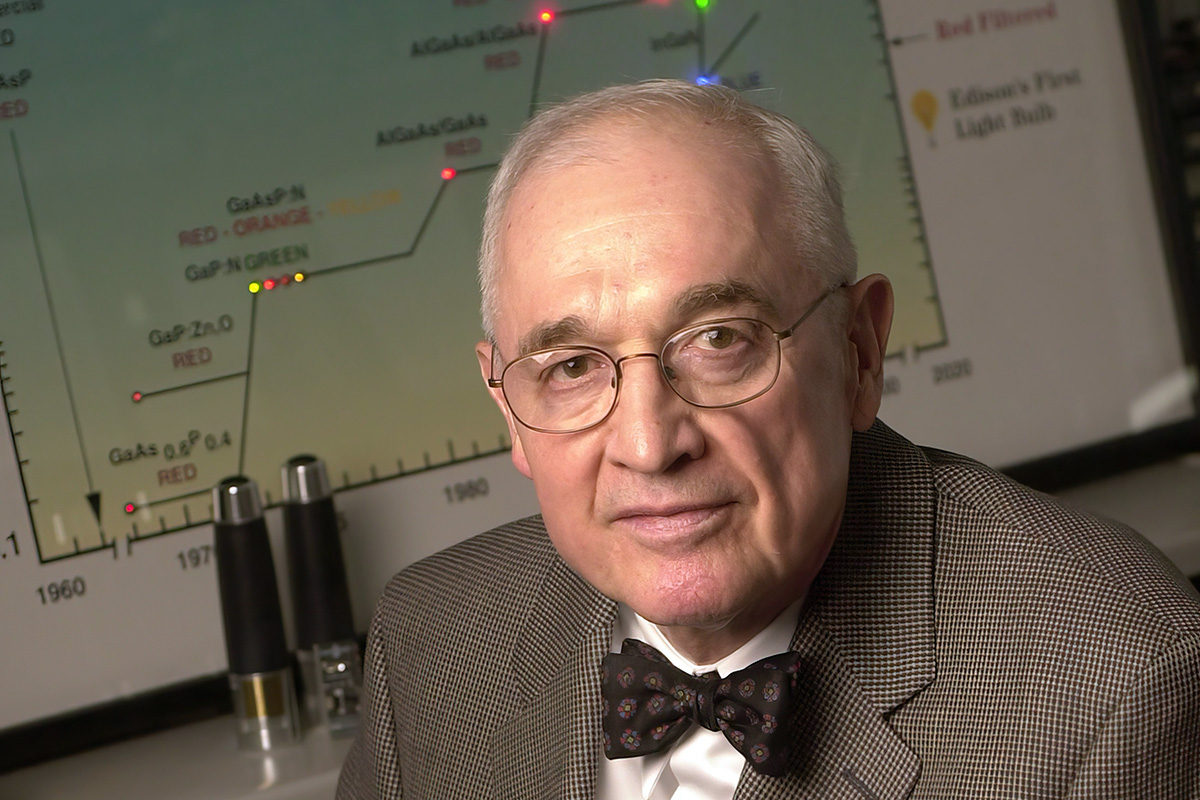

Articles
Who Invented The LED Bulb
Modified: January 9, 2024
Discover the fascinating history of LED bulbs and the brilliant mind behind their invention. Read articles about the inventor and his groundbreaking technology.
(Many of the links in this article redirect to a specific reviewed product. Your purchase of these products through affiliate links helps to generate commission for Storables.com, at no extra cost. Learn more)
Introduction
Electric lighting has revolutionized the way we illuminate our homes, offices, and public spaces. In the past, traditional incandescent bulbs were the primary choice for lighting. However, with advancements in technology, more energy-efficient and durable options have emerged. One such innovation is the LED bulb, which has become increasingly popular in recent years.
LED, short for Light Emitting Diode, is a semiconductor device that emits light when an electric current passes through it. LED bulbs have gained recognition for their long lifespan, energy efficiency, and versatility in design. They have become the go-to option for environmentally-conscious individuals and businesses looking to reduce their carbon footprint.
But who is behind the invention of the LED bulb? In this article, we will delve into the early history of electric lighting, the discovery of semiconductors, and the invention of the first LED.
Key Takeaways:
- Nick Holonyak Jr., an American engineer, is credited with inventing the first practical LED in 1962, revolutionizing the lighting industry with energy-efficient, long-lasting bulbs that have become a cornerstone of sustainability efforts.
- The commercialization of LED bulbs, driven by advancements in materials, design, and cost reduction, has transformed the lighting industry, offering energy savings, longer lifespan, and customizable lighting options for residential, commercial, and industrial applications.
Read more: Who Invented The Fluorescent Light Bulb
The Early History of Electric Lighting
The journey towards the invention of the LED bulb dates back to the early 19th century when inventors and scientists were exploring ways to harness the power of electricity for lighting purposes.
One of the pioneers in this field was Sir Humphry Davy, an English chemist, who experimented with electric arcs to create light. In 1809, he demonstrated the first successful electric arc lamp, which produced a bright, but unreliable, light source. This invention laid the foundation for further advancements in electric lighting.
Throughout the 19th century, various inventors made significant contributions to the development of electric lighting. In 1879, Thomas Edison successfully developed the incandescent light bulb, which used a filament that emitted light when heated by an electric current. This innovation became the standard for electric lighting for many decades.
Despite the widespread use of incandescent bulbs, they had certain drawbacks. They were energy-intensive, produced excessive heat, and had a shorter lifespan. Inventors and scientists continued to search for alternatives that could address these issues and bring about a more energy-efficient lighting solution.
This search led to the discovery of semiconductors, which served as a crucial stepping stone towards the invention of the LED bulb.
Semiconductor Discovery
In the early 20th century, scientists began exploring the properties of semiconductors, which are materials that have electrical conductivity between that of conductors and insulators. These materials became the focus of research due to their unique ability to control the flow of electrons.
One of the key breakthroughs in semiconductor research came in 1904 when H.J. Round, a British scientist, discovered that when an electric current was passed through a crystal of silicon carbide, it emitted a yellowish light. This phenomenon, known as electroluminescence, would lay the foundation for the development of light-emitting diodes (LEDs) in the future.
However, it wasn’t until several decades later that further advancements were made in semiconductor technology. In the 1950s and 1960s, researchers such as Russel Ohl, Robert Hall, and Nick Holonyak Jr. made significant contributions to the understanding and practical application of semiconductors.
Robert Hall, an American engineer, invented the first practical semiconductor laser in 1962. This groundbreaking invention paved the way for the development of various optoelectronic devices, including LEDs.
Shortly after Hall’s invention, another key player entered the scene and would play a crucial role in the invention of the LED bulb – Nick Holonyak Jr.
The Invention of the First LED
Nick Holonyak Jr., an American engineer, is often credited with inventing the first practical LED in 1962 while working at General Electric. Building upon the earlier work on electroluminescence, Holonyak developed a semiconductor device that emitted visible light when an electric current passed through it.
Holonyak’s LED was made of gallium arsenide phosphide, a compound semiconductor material. It emitted a red light, which limited its initial applications. However, his invention laid the foundation for the further development of LEDs in a wide range of colors.
The invention of the LED was monumental for several reasons. First and foremost, LEDs were significantly more energy-efficient than incandescent bulbs. They consumed a fraction of the energy while producing the same amount of light. This energy efficiency made LEDs an ideal choice for various applications, from street lighting to consumer electronics.
Furthermore, LEDs had a much longer lifespan compared to traditional bulbs. While incandescent bulbs typically lasted for around 1,000 hours, LEDs had a lifespan of up to 50,000 hours or more. This extended lifespan reduced the need for frequent bulb replacements, leading to cost savings and less waste.
Although Holonyak’s LED was a groundbreaking innovation, it took some time for LEDs to become commercially viable and widely adopted. Over the years, researchers and engineers continued to refine LED technology, improving their efficiency, brightness, and range of colors.
From the initial red LEDs, advancements led to the development of green, blue, and other colors. This paved the way for the creation of full-color LED displays, LED traffic lights, and eventually LED bulbs for general lighting purposes.
Today, LEDs have become the go-to lighting option for various applications due to their energy efficiency, long lifespan, and versatility. They have transformed the lighting industry and are considered a key component in efforts to reduce energy consumption and combat climate change.
The LED bulb was invented by Nick Holonyak Jr. in 1962 while working at General Electric. His invention revolutionized the lighting industry with its energy efficiency and long lifespan.
The Role of Nick Holonyak Jr.
Nick Holonyak Jr. played a pivotal role in the development and commercialization of LEDs. His invention of the first practical LED paved the way for a revolution in the lighting industry. However, his contributions extend far beyond that groundbreaking invention.
Holonyak was born in 1928 in Zeigler, Illinois, and his passion for science and engineering led him to pursue a career in electrical engineering. He obtained his doctoral degree from the University of Illinois and joined the research team at General Electric (GE) in 1955.
At GE, Holonyak focused his research on semiconductor devices, particularly studying the properties of gallium arsenide. His work on electroluminescence, culminating in the invention of the LED, brought him widespread acclaim and recognition within the scientific community.
However, Holonyak’s contributions did not stop there. He continued to make advancements in LED technology, working on improving the efficiency and color range of LEDs. He played an integral role in the development of red, green, and blue LEDs, which allowed for the creation of full-color LED displays and other applications.
Aside from his work on LEDs, Holonyak made significant contributions to the field of optoelectronics as a whole. He pioneered the development of semiconductor lasers, which have become essential in various applications, including telecommunications, medicine, and data storage.
Throughout his career, Holonyak received numerous accolades and honors for his groundbreaking research. He was awarded the National Medal of Science in 1990 and was inducted into the National Inventors Hall of Fame in 2008.
More than just inventing the LED bulb, Holonyak’s impact lies in his dedication to pushing the boundaries of semiconductor technology. His research and advancements paved the way for the widespread adoption of LEDs and revolutionized the lighting industry.
Even in his later years, Holonyak continued to contribute to the field of optoelectronics through his teaching and mentoring of future engineers and scientists. His passion for innovation and his relentless pursuit of knowledge have left an indelible mark on the world of lighting and semiconductor technology.
Read more: Who Invented The Incandescent Bulb
The Evolution and Commercialization of LED Bulbs
Following the invention of the LED by Nick Holonyak Jr., significant advancements were made in LED technology, leading to its widespread commercialization. The evolution of LED bulbs has transformed the lighting industry and revolutionized the way we illuminate our homes, offices, and public spaces.
Initially, LED bulbs were limited in terms of color options, with red being the predominant choice. However, researchers and engineers continued to develop new materials and methods to expand the color range of LEDs. The breakthrough came in the 1990s with the development of blue LEDs, which opened the door to creating full-color displays and lighting options.
The introduction of blue LEDs was a game-changer as it allowed for the development of white LED bulbs. By combining red, green, and blue LEDs or using phosphor coatings, white light could be produced. This innovation led to LED bulbs being used for general lighting purposes, offering a more energy-efficient and long-lasting alternative to traditional incandescent and fluorescent bulbs.
As LED technology continued to advance, several other key developments contributed to the commercialization of LED bulbs. One significant advancement was the improvement in the efficiency of LEDs. Through innovations in materials, design, and manufacturing processes, the efficiency of LEDs increased, leading to even greater energy savings.
Another aspect that boosted the commercialization of LED bulbs was the improvement in their brightness levels. Early LED bulbs had limited brightness capabilities, but through advancements in chip designs and heat management, LEDs became brighter and more suitable for various applications, including outdoor lighting, signage, and automotive lighting.
The cost of LED bulbs was also a major factor in their commercialization. Initially, LED bulbs were relatively expensive compared to traditional lighting options. However, as the technology advanced and production processes became more efficient, the cost of LED bulbs significantly decreased, making them more accessible and cost-effective for consumers.
Furthermore, incentives and regulations promoting energy efficiency played a significant role in the widespread adoption of LED bulbs. Governments and organizations around the world recognized the environmental benefits and energy savings associated with LED lighting and implemented initiatives to encourage their use. This included offering rebates, subsidies, and phasing out inefficient incandescent bulbs.
Today, LED bulbs have become the go-to lighting solution for residential, commercial, and industrial applications. They offer numerous advantages over traditional lighting options, including energy efficiency, longer lifespan, durability, and improved lighting quality. Moreover, with the advancements in smart lighting technology, LED bulbs can be connected to wireless networks, allowing for remote control and customization of lighting settings.
The evolution and commercialization of LED bulbs have not only transformed the lighting industry but have also had a significant impact on sustainability efforts. Their energy efficiency and long lifespan contribute to reducing energy consumption and carbon emissions, making them an essential tool in the fight against climate change.
Conclusion
The invention and commercialization of LED bulbs have revolutionized the way we light our world. From the early developments in electric lighting to the discovery of semiconductors and the invention of the first practical LED by Nick Holonyak Jr., the journey towards energy-efficient and long-lasting lighting has been a remarkable one.
LED bulbs have proven to be a game-changer in terms of energy efficiency, durability, and versatility. Their impact goes beyond just lighting up our spaces – they have become a crucial tool in reducing energy consumption, mitigating climate change, and promoting sustainability.
Over the years, LED technology has evolved, allowing for a broader range of colors, increased brightness, and improved efficiency. From the limited color options of early LEDs to the development of full-color displays, LEDs have enabled creative lighting solutions in various industries.
The commercialization of LED bulbs was made possible through advancements in materials, design, manufacturing processes, and cost reduction. As the cost of LED bulbs decreased and their efficiency increased, more and more consumers and businesses embraced this lighting technology.
Moreover, government incentives and regulations promoting energy efficiency played a pivotal role in the widespread adoption of LED bulbs. These initiatives encouraged consumers to switch from traditional incandescent and fluorescent bulbs to more energy-efficient LED options.
Today, LED bulbs have become the go-to choice for residential, commercial, and industrial lighting needs. They offer significant advantages in terms of energy savings, longer lifespan, and reduced maintenance costs. Additionally, with the integration of smart lighting technology, LED bulbs can be controlled remotely, providing convenience and customizable lighting options.
In conclusion, the invention and evolution of LED bulbs have transformed the lighting industry and positively impacted our environment. The contributions of inventors and scientists like Nick Holonyak Jr. have paved the way for a sustainable, energy-efficient, and vibrant lighting future. As LED technology continues to advance, we can expect even greater innovations and a brighter, greener world illuminated by LED bulbs.
Frequently Asked Questions about Who Invented The LED Bulb
Was this page helpful?
At Storables.com, we guarantee accurate and reliable information. Our content, validated by Expert Board Contributors, is crafted following stringent Editorial Policies. We're committed to providing you with well-researched, expert-backed insights for all your informational needs.
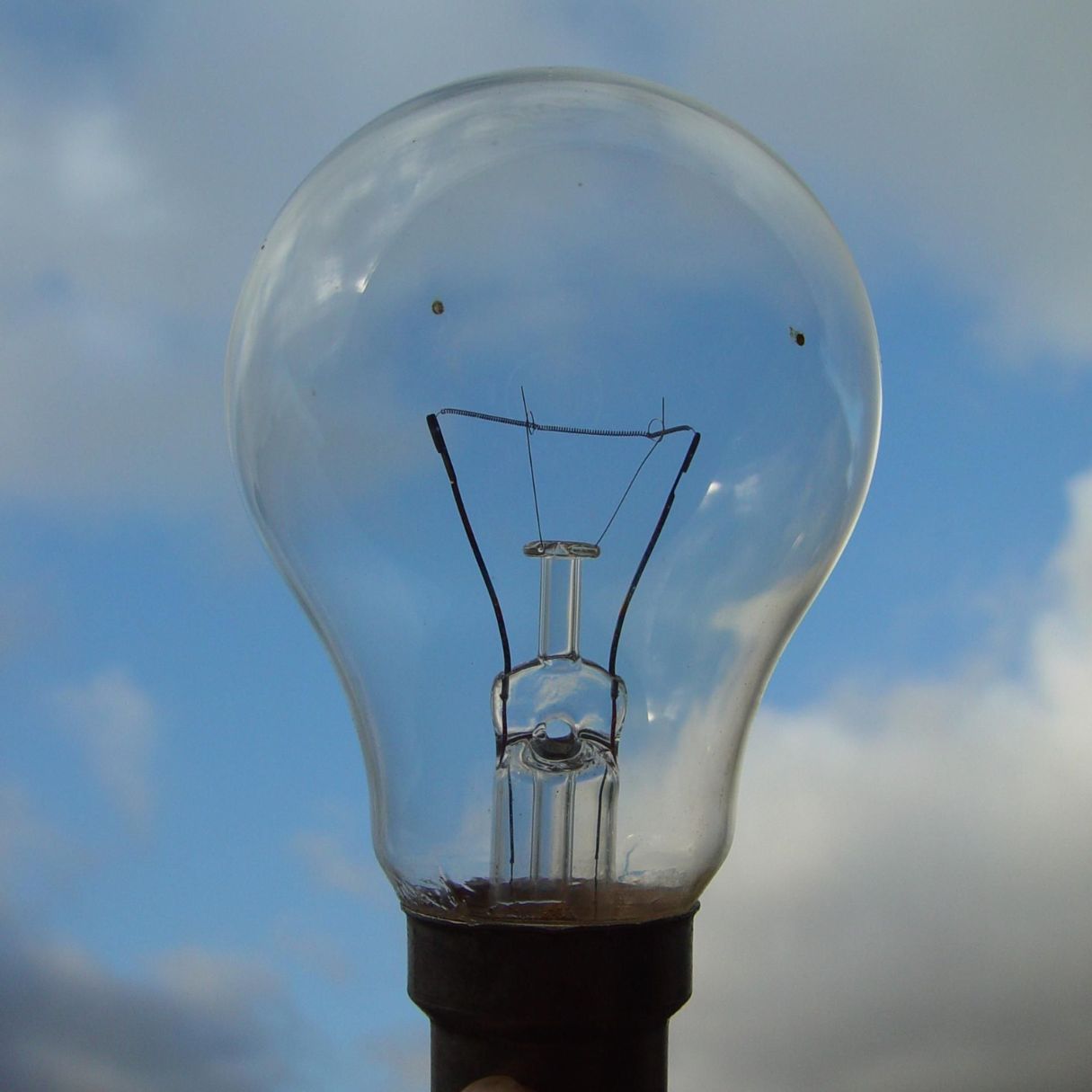

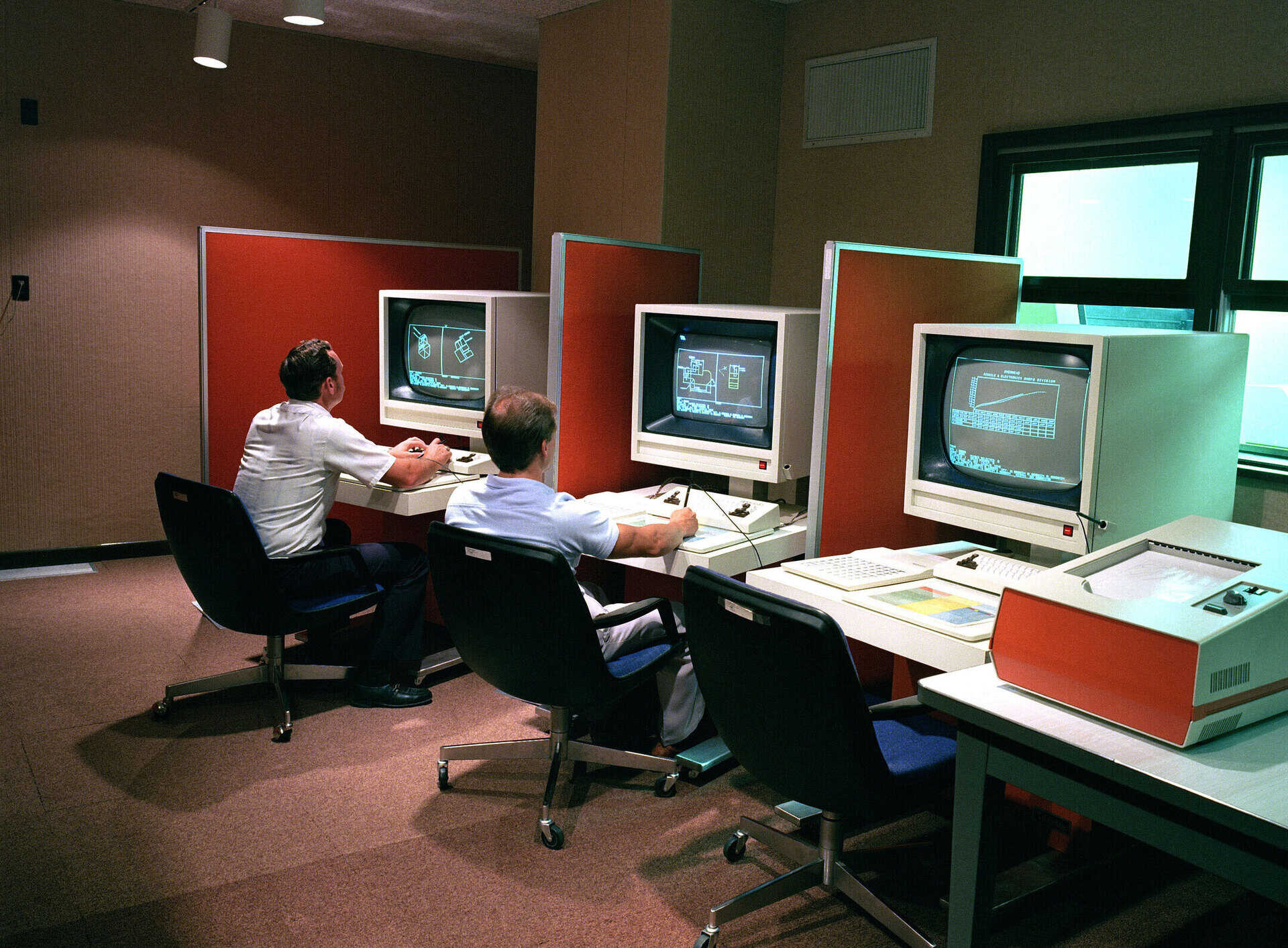

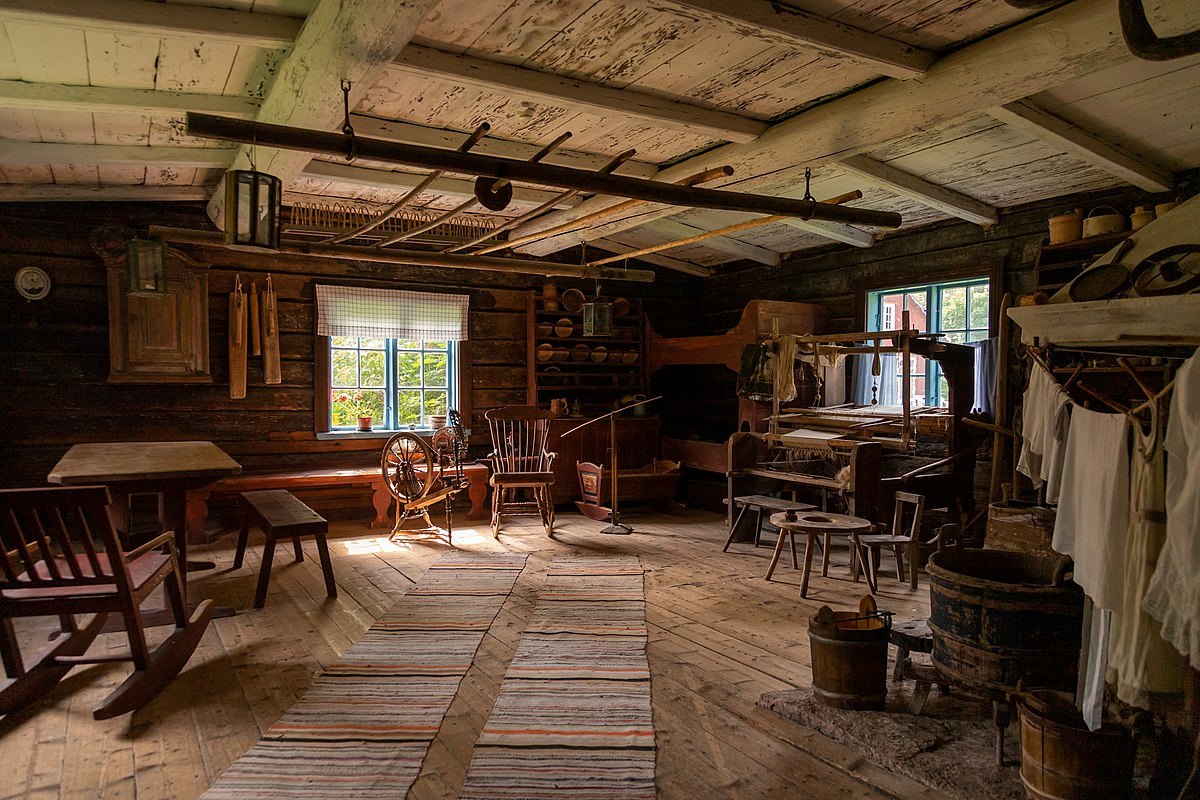

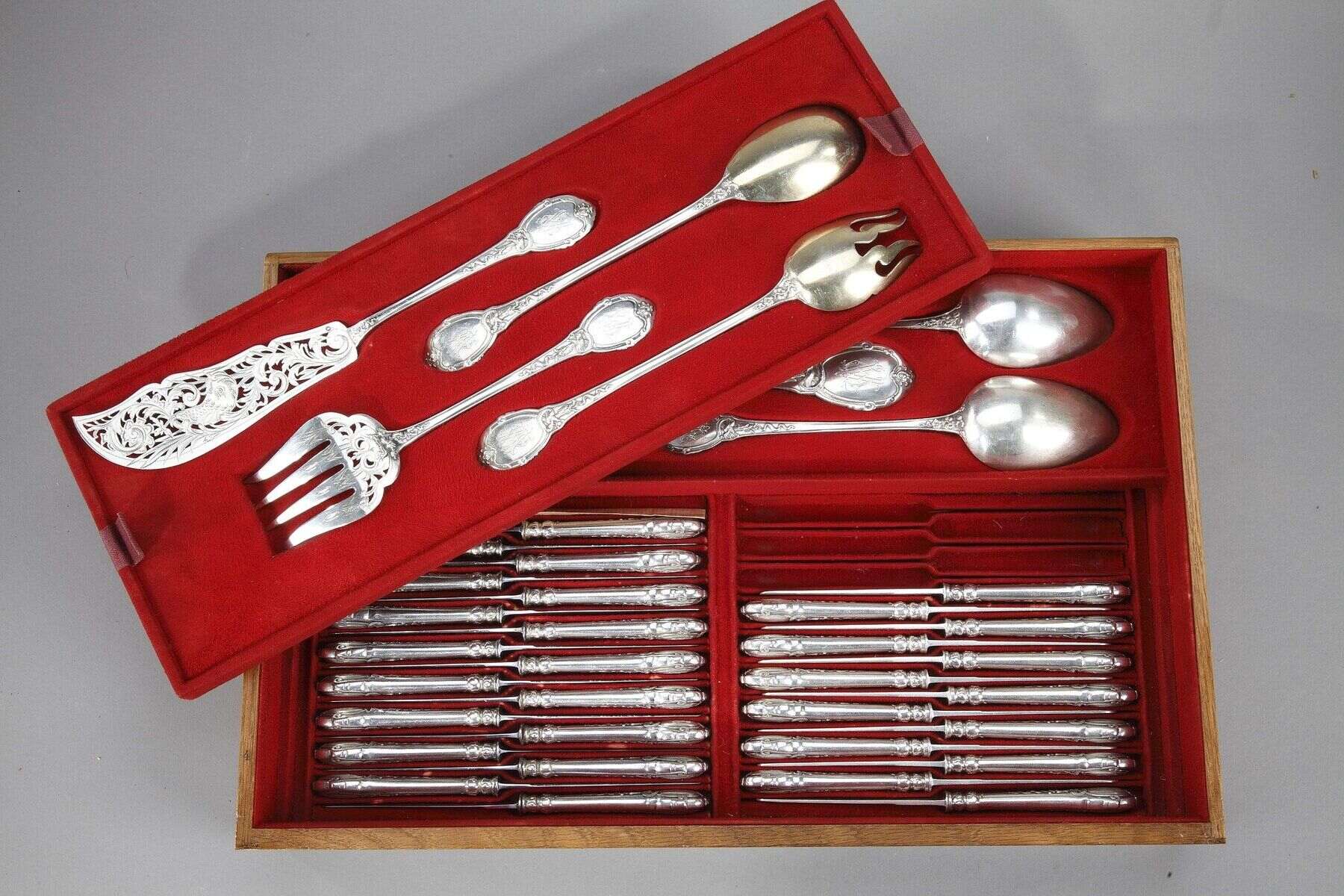

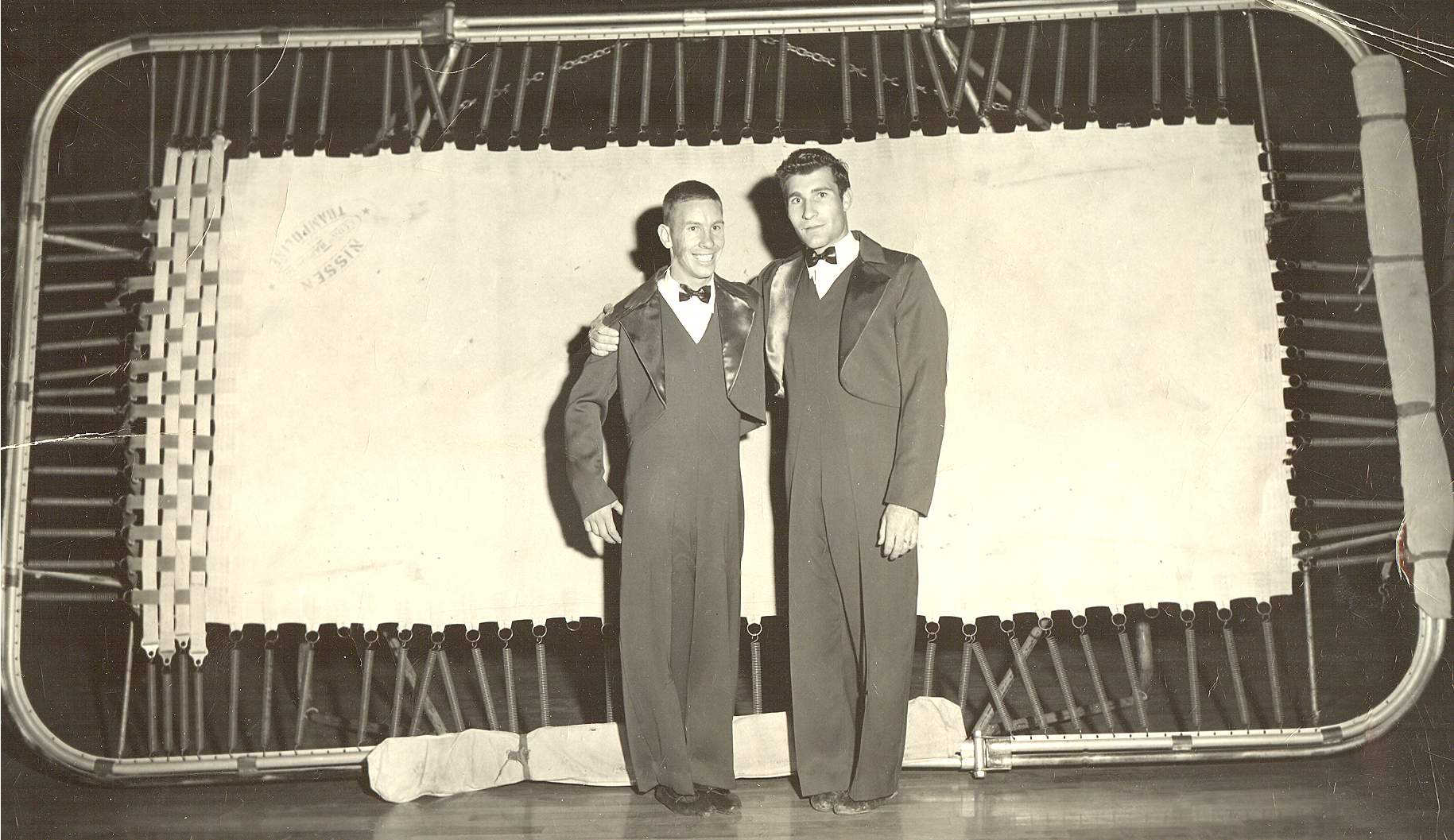


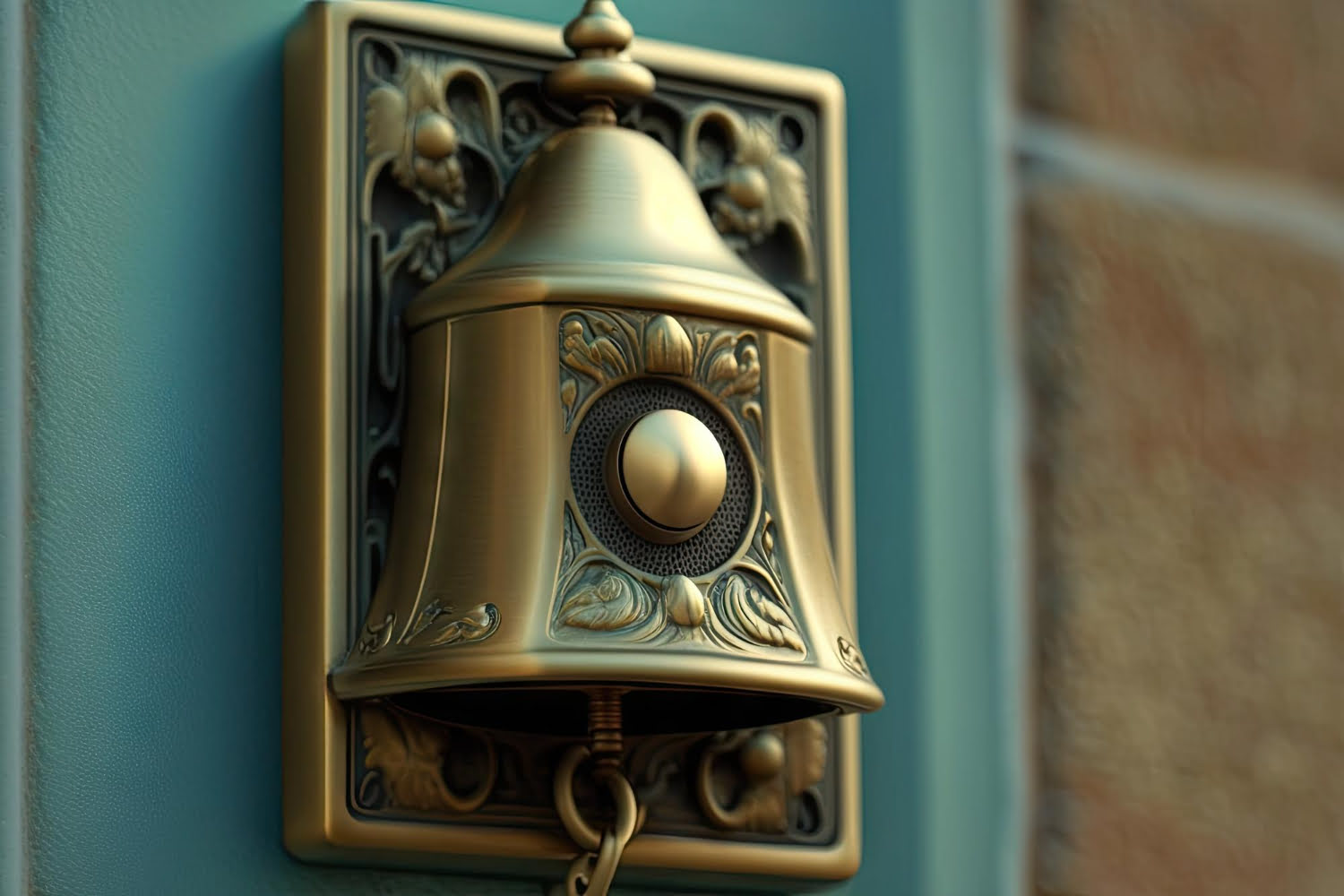



0 thoughts on “Who Invented The LED Bulb”